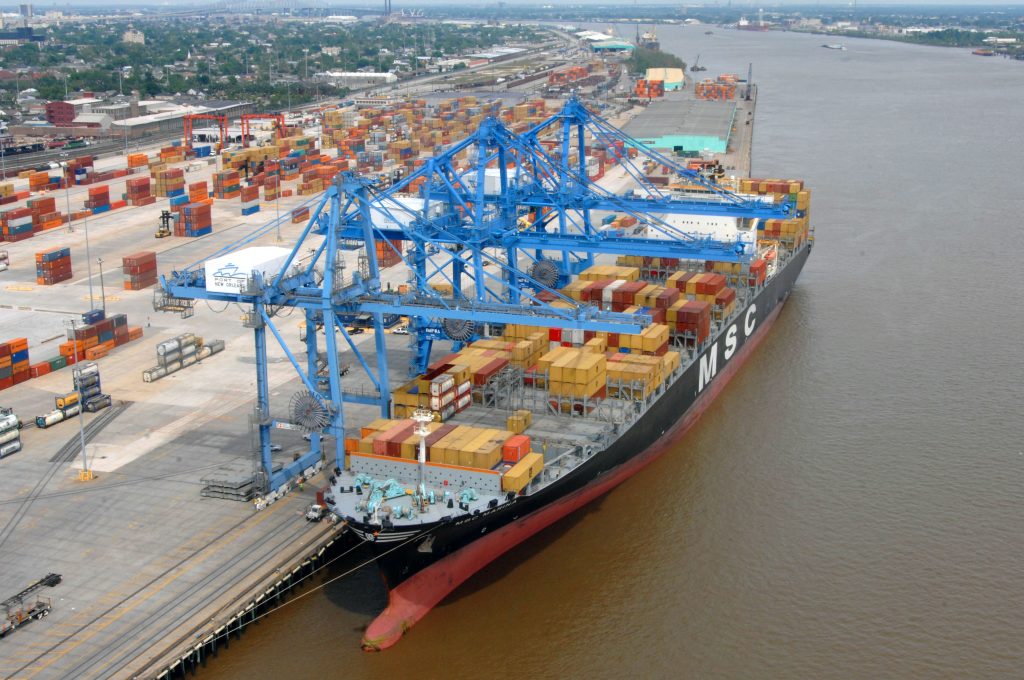Airline legislation, port investment and more states vocalizing the need for infrastructure investment mark this week’s infrastructure headlines.
According to The Hill, the long-term reauthorization of Federal Aviation Administration (FAA) programs overcame a major hurdle Wednesday. The Senate’s reauthorization bill would green-light FAA programs through September 2017, addressing airport security issues and more.
In addition to addressing aviation needs, this week has thrust a major spotlight on the value and investment needs of our nation’s ports. This week the American Association of Port Authorities announced that its members intend to spend over $150 billion in combined infrastructure investments by 2020. The association’s president and CEO, Kurt Nangle, said that “infrastructure investments in America’s seaports and their intermodal connections—both on the land and in the water—are in our nation’s best interest because they provide opportunities to bolster our economy, create and sustain jobs, enhance our international competitiveness.”
Transportation Secretary Anthony Foxx expanded about the importance of ports in our nation’s competitiveness, asserting how the looming population growth will affect our freight patterns and flows, which will in turn spill over into our roads and highways. He reiterates how much our ports and highways are interconnected, and both need to be modernized and expanded in order to serve our nation’s needs properly.
Many states are taking steps to increase infrastructure funding, either through legislation to raise their state gas tax or expressing their frustration with the state of their own roads and bridges. In Illinois, lawmakers are considering raising the gas tax to better maintain roads—a key part of the state’s economy given its location and use as a freight thoroughfare. In Alabama, lawmakers are looking to increase the state’s gas by six cents, costing the average driver five dollars more per month, and vow to put every dime to road improvements.
This week TRIP released a report on Oklahoma’s roads, finding it costs drivers in the state $4.9 billion a year because of higher vehicle operating costs, traffic crashes and congestion-related delays, strongly indicating the state’s need to increase funding. Many other states, like California, Idaho, Michigan, Minnesota, Mississippi and more are voicing increased discontentment with their roads and bridges and are continuing conversations about a solution.
In order to meet the increasing demands of our nation’s road, bridge and port needs, it is important to find a long-term, sustainable funding source for surface transportation before the FAST Act expires.
